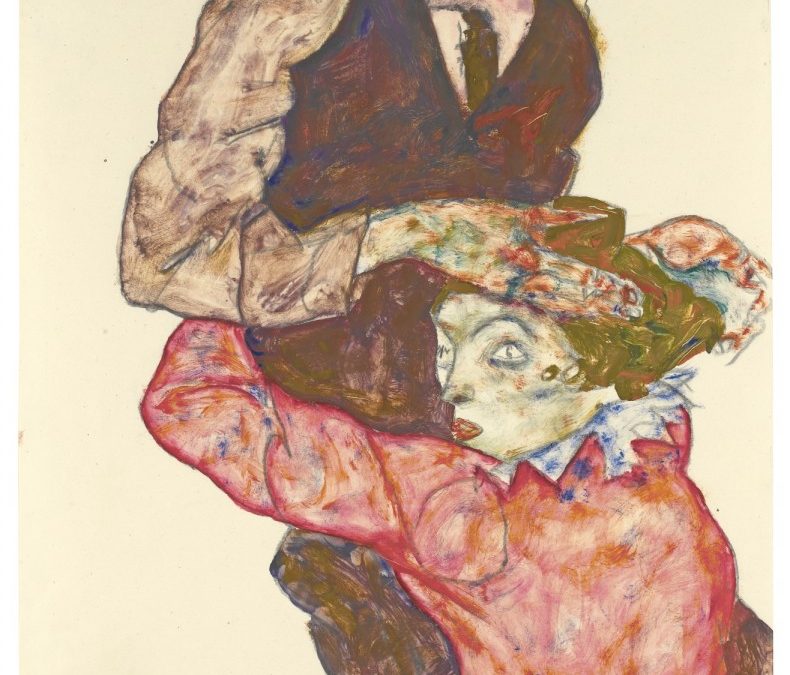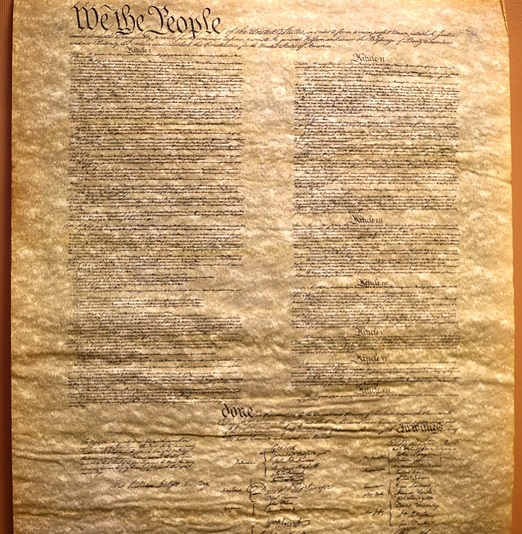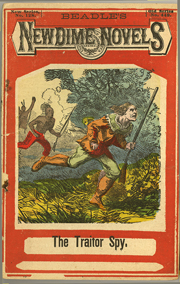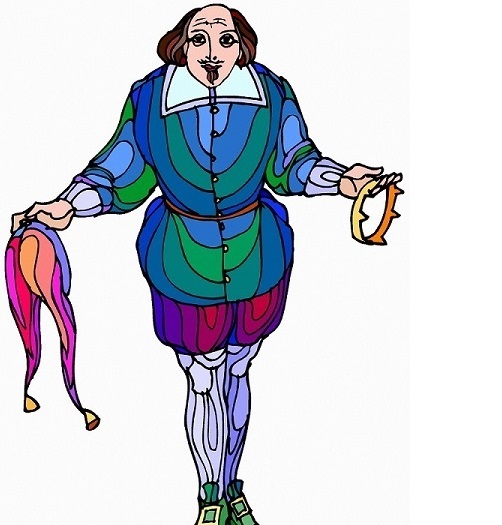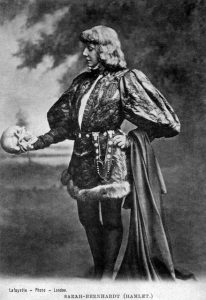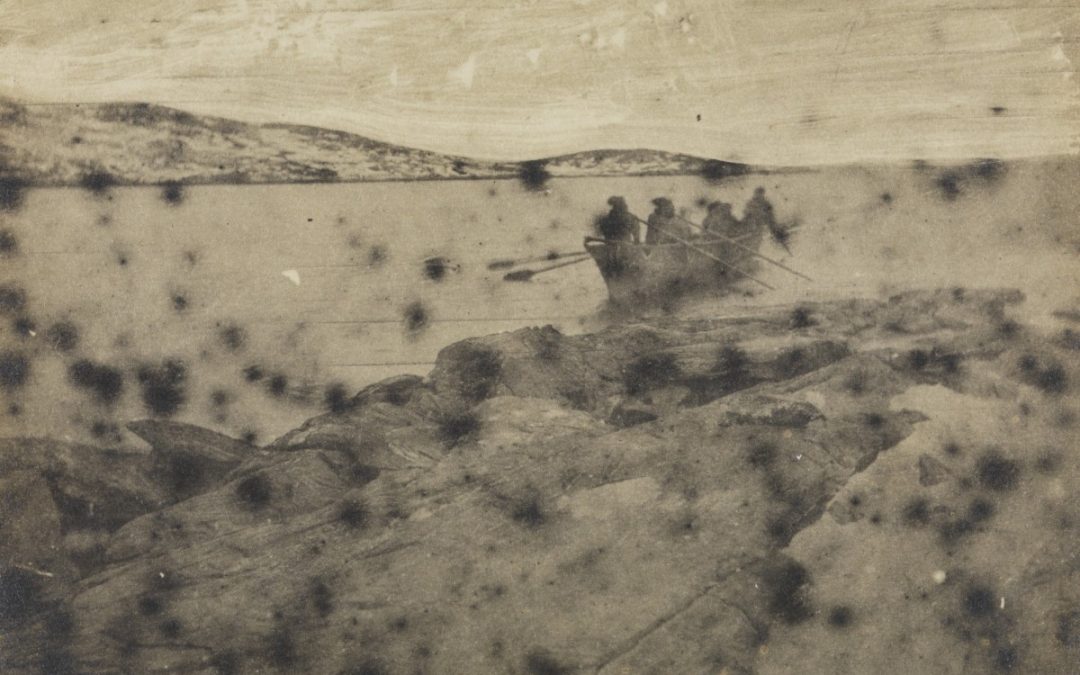
Book review: The Sea Runners
…a relentlessly obvious story…
Book review:
The Sea Runners
by Ivan Doig (1939-2015)
Penguin Books, New York, 1983
279 pages
I want to be fair. This is a novel about everything dogged: determination, courage, loyalty, imagination, strength, stubbornness.
I’m bound to say there’s little excitement in Doig’s first novel. You’d think that death-defying action would add a little bunny-hop to one’s pulse, but think again. There is a relentless context that animates the characters in The Sea Runners, and swaddles all the environmental features of this story of men against the sea. It’s based on an actual event in the northern Pacific Ocean in the middle of the 19th century, so you know how it turns out.
Four Swedes escaped from a Russian work camp and paddled in a stolen canoe for a couple months on the open ocean to reach the American port of Astoria in Oregon. The story is more interesting than that simple summary, but, alas, it merely informs…it does not soar.
I thought of myself as an Ivan Doig fan when I began reading The Sea Runners, and now I understand that I must be specific: I like This House of Sky and I like The Bartender’s Tale, and such.
The emerald clarity of Doig’s stories about the West is a world apart from the drudging redundancy of this book. The character development is relentlessly obvious. Sea Runners is narrow and repetitive. Doig doesn’t resist running his characters through the same paces, over and over again.
The Sea Runners isn’t a bad story. The determination, courage, loyalty, imagination, strength and stubbornness are in plain view, there’s never any doubt about that.
There’s no doubt about just about everything in this story.
Nevertheless, Ivan, I love ya, man. I love some of your stories.
* * * * * *
Up for the counting
…he picks up the rhythm…(a poem)
“Numerology”
Book review. Copyright © Richard Carl Subber 2017 All rights reserved.
–
Above all: Poems of dawn and more with 73 free verse poems,
and the rest of my poetry books are for sale on Amazon (paperback and Kindle)
and free in Kindle Unlimited, search Amazon for “Richard Carl Subber”
